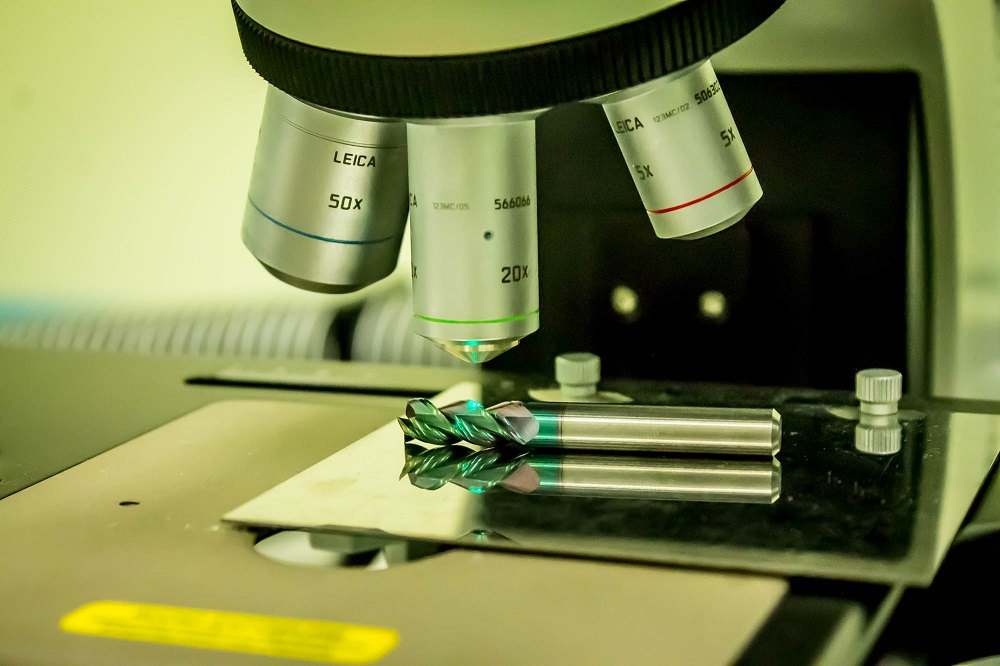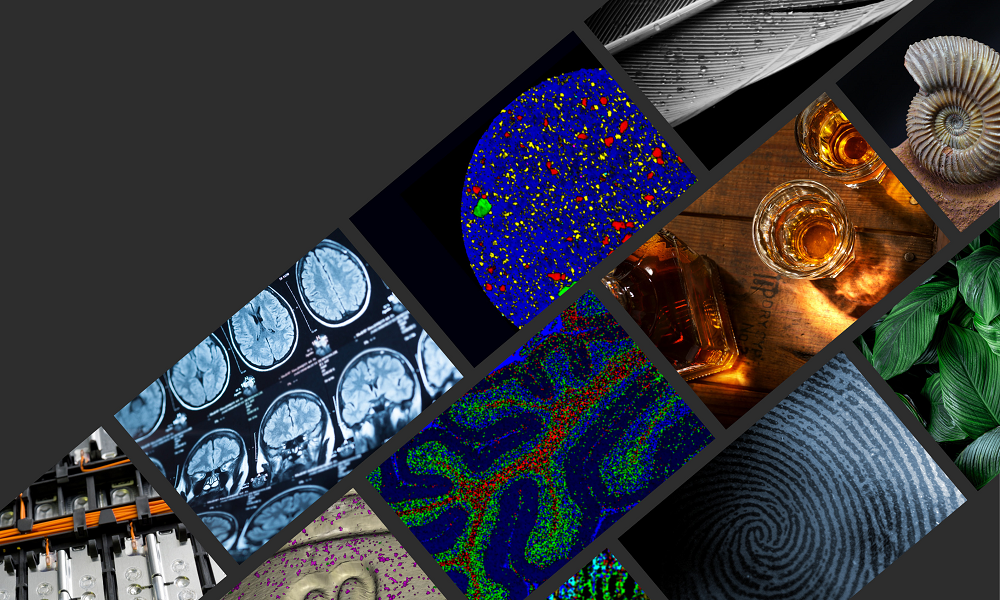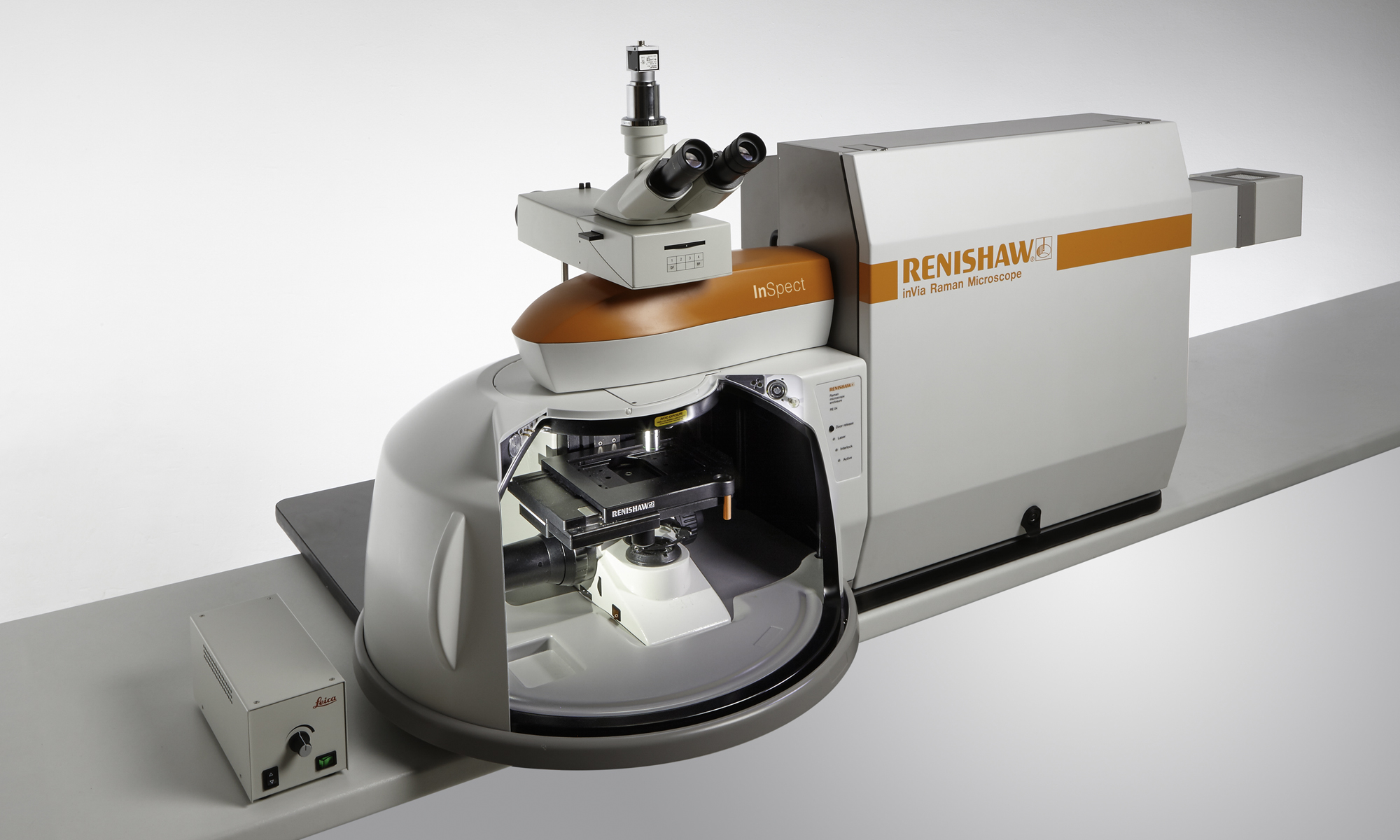Bu sayfa şu anda sizin dilinizde mevcut değildir. Google'ın Çeviri sistemini kullanarak
otomatikleştirilmiş çeviriye
ulaşabilirsiniz. Bu hizmeti sağlamaktan sorumlu değiliz ve çeviri sonuçları tarafımızdan kontrol edilmemiştir.
Eğer daha fazla yardıma ihtiyaç duyarsanız lütfen
bizim ile temasa geçiniz.
Case study: Quality control of diamond-like carbon
New Plasma Technologies (NPT), based in Moscow, Russia, was founded in 2011 as a nanotechnology project for metallurgical applications and provides high-quality solid nanostructured coatings for cutting and forming tools. One of these technologies is a self-lubricating, wear resistant, diamond-like carbon (DLC) coating for metals, alloys, polymers, and composite materials. This technology improves the materials' properties, giving them characteristics such as high hardness (comparable with hardness of natural diamond), ecological cleanliness, low friction coefficient, biocompatibility, and wear resistance. These features make DLC-coatings an important element for the manufacturing and application of products in many fields, including metalworking, mechanical engineering, space processing, defence, dental and medicine.
One of NPT's DLC-coating quality control operations involves finding the ratio of sp2 (graphite-like) to sp3 (diamond-like) bonds, which determine the different properties and characteristics of the material (friction coefficient, adhesion, hardness).
NPT uses a Renishaw inViaTM confocal Raman microscope to control the quality of the coatings and help improve processing methods. The inVia's high spatial resolution makes it an ideal instrument for the analysis of DLC; its benefits include: little or no sample preparation; it is safe and efficient to operate; it is easy to use; it enables the rapid collection of high quality data without damaging the sample; and it acquires repeatable, reliable data.

Because of its power and flexibility, the inVia has enabled NPT to expand the scope of its research. Cooperation with research institutes and laboratories in Moscow, Novosibirsk, Belgorod and Kazan stimulated the interest for research not only in the field of DLC-coatings, but also for other materials. The inVia confocal Raman microscope has allowed for a broader range of study of materials, including polymers, coating compositions, paintwork materials, lacquer coatings, carbon-based composite materials, fibres, ceramics, minerals, semi-conductive materials and nanomaterials.
Over the years the Renishaw inVia confocal Raman microscope has proven to be an indispensable instrument to NPT for the non-destructive investigation of the structure and chemical properties of materials. Renishaw's Moscow-based Raman specialists have continued to provide methodological and technical support, when required. Their ability to provide rapid solutions for any questions arising has substantially increased productivity.

Further reading
We have a whole range or articles, case studies and news stories about Raman spectroscopy.

About the inVia microscope
Discover more about how the inVia confocal microscope is suitable for your organisations applications.